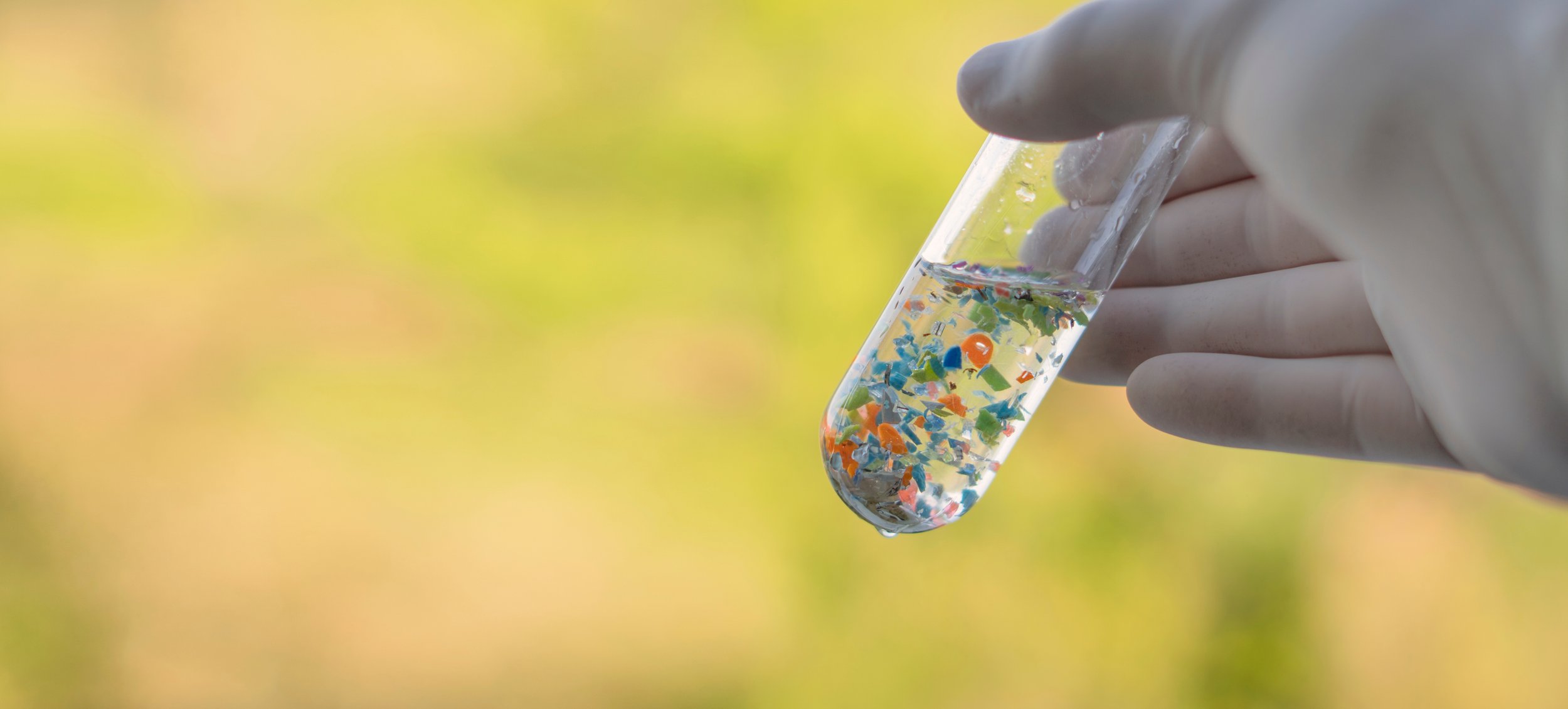Using AI to Detect and Identify Microplastics in Wastewater
Written by Abhishyant Kidangoor
Originally published by Mongabay
A new model developed by researchers at the University of Waterloo in Canada uses advanced spectroscopy and artificial intelligence to identify the presence of microplastics in wastewater.
Researchers trained PlasticNet to detect microplastics based on how they absorb and transmit different wavelengths of light that they’re exposed to.
The tool successfully classified 11 types of common plastics with an accuracy of more than 95%; it could potentially be used by wastewater treatment plants and food producers to identify microplastics.
The team is currently working to make the model work faster and more efficiently, and to also streamline the process of gathering data.
How do you identify microplastics in wastewater? When Wayne Parker started out researching the issue, the existing techniques were time-consuming and cumbersome. For a long time, optical or infrared microscopes were used to manually analyze and identify the tiny fragments of plastic waste in the water. However, differentiating microplastics from other substances took time and expertise.
“When we started looking at more advanced microscopy methods, we found that the analysis of the images that were being generated from those microscopes had some issues,” Parker, a professor of civil and environmental engineering at the University of Waterloo in Ontario, Canada, told Mongabay in a video interview. “We thought it could be improved upon by using more of a deep learning, AI-based approach.”
That led Parker to his colleague Alexander Wong, an expert in artificial intelligence and a professor in the systems design engineering department at the same university. Together, they worked with a PhD candidate to develop an image identification system that could potentially be used by wastewater treatment plants and food producers to identify the presence of microplastics and reduce the harm they pose to human health and the environment.
PlasticNet uses deep learning, a subset of artificial intelligence, to identify microplastics based on the signals they produce in response to light exposure. A study published by the team in the journal Environmental Pollution details how they trained the model to detect microplastics based on their interaction with different wavelengths of light. While the tool isn’t publicly available yet, it was shown to be able to identify microplastics accurately and rapidly. According to the study, “once trained with 8000+ spectra of virgin plastic, PlasticNet successfully classified 11 types of common plastic with accuracy higher than 95%.”
Early detection of microplastics — defined as pieces of plastic less than 5 millimeters (0.2 inches) in length — in wastewater is crucial because wastewater treatment plants are a significant source of microplastic pollution in marine environments. “The plastics themselves are a concern and there is concern about other kinds of pollutants that associate themselves with microplastics,” Parker said. “We wanted to look at the levels and quantities that would get discharged into rivers and lakes.”
To begin with, the team used an advanced spectroscopy technique in which they shone a light on the water. Different kinds of plastics absorb and transmit light in different wavelengths. “You look at how the light is transmitted through the plastic and then do a scan of wavelengths and look at what the corresponding signature is,” Parker said. “That signature can give you an insight into the type of plastic that you’re working with.”
The model was then trained in small, progressive steps. It was first trained with commonly used plastics. As the training progressed, Parker and his team introduced more complex plastics to account for the fact that most commercial plastics aren’t just pure polymers, but also contain additives, like dyes that give them color or other chemicals that enhance properties such as ductility and heat resistance. “Those, of course, impact the transmission of light,” he said. “We wanted to evaluate whether our method could still identify the base polymer that was making up the plastic even when these other kinds of additives were there and modifying the signature that was generated from the microscope.”
As increasingly complex plastics of different shapes, sizes and thickness were introduced into the training package, the team observed the model’s accuracy and efficiency improve. When they compared their approach to the traditional methods of identifying microplastics, Parker said, “it was about 50% faster and more accurate.”
Parker, however, said the model can still be improved and that it requires further training with more complex plastics over a period of months. He said he also wants to look into optimizing the image-gathering process, which tends to be slow and often comprises highly dense information.
“We should certainly look at whether we could be more efficient in terms of the quantity of data that we need to try and get,” Parker said. “Just the amount of data that we need to do the analysis and not more than is necessary, so that we could expedite some of the steps along the way to make the overall analysis more efficient.”
Citation:
Zhu, Z., Parker, W., & Wong, A. (2023). Leveraging deep learning for automatic recognition of microplastics (MPs) via focal plane array (FPA) micro-FT-IR imaging. Environmental Pollution, 337, 122548. doi:10.1016/j.envpol.2023.122548

